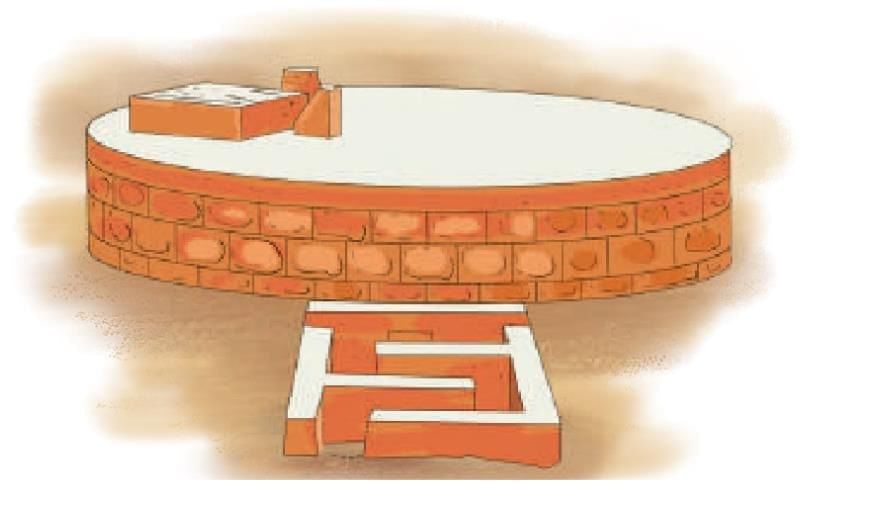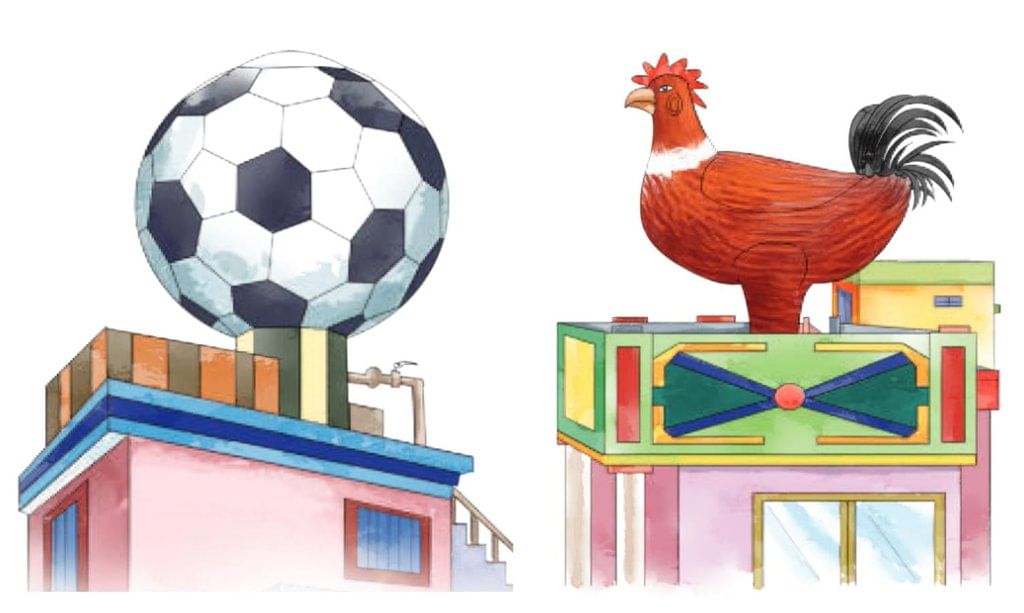Water is very important for all living things. We need it to drink, grow food, stay clean, and do many daily activities. People have always found smart ways to save and store water, even before modern machines were invented. This chapter talks about how people in India have used traditional methods for water conservation for many years. It also shares how some special water storage systems were built in different parts of the country.
Long ago, people built big tanks and structures to store rainwater. These helped protect cities from floods and gave clean water to the people. In many parts of India, these old methods are still used today. For example, Tamil Nadu has Ooranis - ponds that collect rainwater for drinking and farming. In Kerala, Panam Keni wells never dry up, even during hot summers. In Rajasthan’s dry Thar desert, people use Tankas - underground tanks that store water for many months.

Today, people store water in big tanks placed on the rooftops of their houses. These are called overhead water tanks. In Punjab, these tanks are not just useful - they are also very creative! People build them in fun shapes like footballs, animals, flowers, and even aeroplanes. Sometimes, the tank shows something special about the family, like a farmer building a tractor-shaped tank. These designs make the villages look colourful and show people’s creativity.

These tanks are made with cement and steel, and they are strong enough to hold a lot of water. They help people store water for daily use and also add beauty to their homes. This chapter teaches us that saving water is very important. As water becomes scarce in many places, we must learn to use it wisely. Traditional ways of saving water remind us to respect nature and use its resources carefully. Taking care of water means taking care of our future.
Q: Why is it important to save water according to the text?
 View Answer
View Answer 
It is important to save water because as it becomes scarce, we must learn to use it wisely to take care of our future.

















